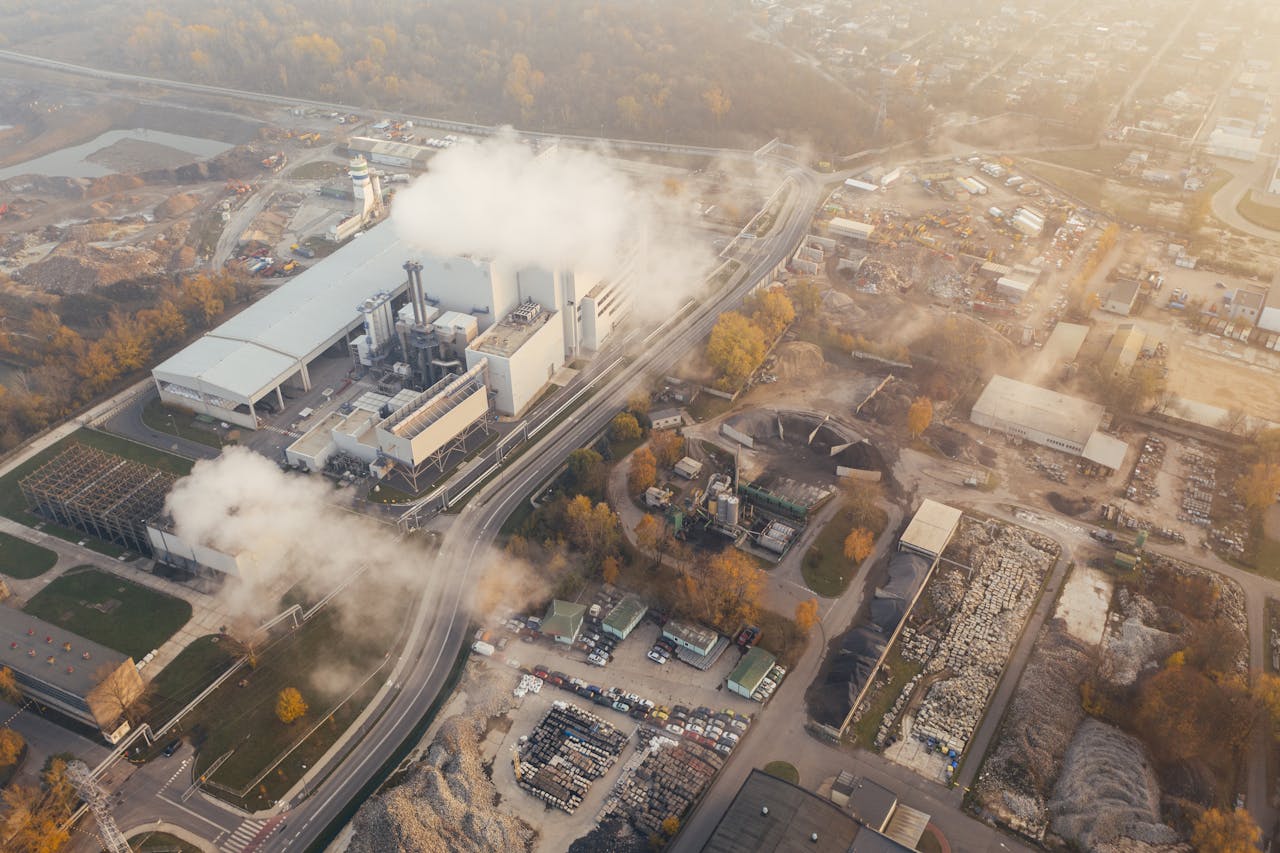
In today’s demanding industrial landscape, duct expansion joints have become increasingly crucial for effective temperature management.
These sophisticated components are no longer just simple connectors – they’re engineering marvels that tackle complex thermal challenges head-on.
Modern industrial facilities face unprecedented temperature fluctuations, making traditional solutions inadequate for current demands.
Revolutionary Design Approaches
The latest generation of duct expansion joints incorporates cutting-edge design elements that set new standards in thermal management.
Engineers have developed multi-layer fabric compositions that provide superior flexibility while maintaining structural integrity under extreme conditions.
Advanced computer modeling now enables precise customization of expansion joint designs, accounting for specific thermal loads, pressure requirements, and movement patterns.
Material Innovation Breakthroughs
Today’s duct expansion joints utilize revolutionary materials that outperform their predecessors in every aspect.
High-temperature-resistant fabrics, combined with specialized coatings, now offer extended service life even in the most demanding environments.
Composite materials with enhanced thermal properties allow for greater movement capability while reducing stress on connected equipment.
These innovations have led to the development of self-adjusting joints that automatically compensate for thermal expansion and contraction.
Real-World Success Stories
A major power generation facility recently upgraded its exhaust system with advanced duct expansion joints, which reduced maintenance requirements by 40%.
Chemical processing plants have reported significant improvements in system reliability after implementing new-generation expansion joints designed for corrosive environments.
The mining sector has particularly benefited from robust designs that withstand both extreme temperatures and abrasive conditions.
Installation and Maintenance Advances
Modern duct expansion joints feature simplified installation procedures that reduce downtime and installation costs.
Smart monitoring systems integrated into newer designs provide real-time performance data, enabling predictive maintenance.
Specialized coating technologies have extended service intervals, making these components more cost-effective over their operational lifetime.
Environmental Impact and Sustainability
Contemporary duct expansion joints contribute to environmental sustainability through improved energy efficiency and reduced thermal losses.
New designs minimize leakage and maintain better system integrity, resulting in lower energy consumption and reduced carbon footprint.
These improvements align with increasingly stringent environmental regulations while delivering superior performance.
Future Perspectives
The industry continues to push boundaries with research into innovative materials that can adapt to changing conditions automatically.
Integration of IoT sensors with duct expansion joints promises to revolutionize maintenance practices through predictive analytics.
Ongoing developments in material science suggest even more dramatic improvements in thermal management capabilities.
Implementation Considerations
Successful implementation requires careful analysis of specific application requirements and environmental conditions.
Professional installation and regular maintenance by qualified technicians ensure optimal performance and longevity.
Proper sizing and selection of duct expansion joints remain critical factors in achieving desired thermal management goals.
Experience the Next Generation of Thermal Solutions
Ready to elevate your facility’s thermal management capabilities? Zepco’s expert team specializes in cutting-edge duct expansion joints engineered to meet your specific needs.
Contact our technical specialists today to discuss how our advanced solutions can optimize your industrial processes and reduce operational costs.
Let’s collaborate to design the perfect thermal management solution for your facility when it comes to duct expansion joints, precision, and expertise.



